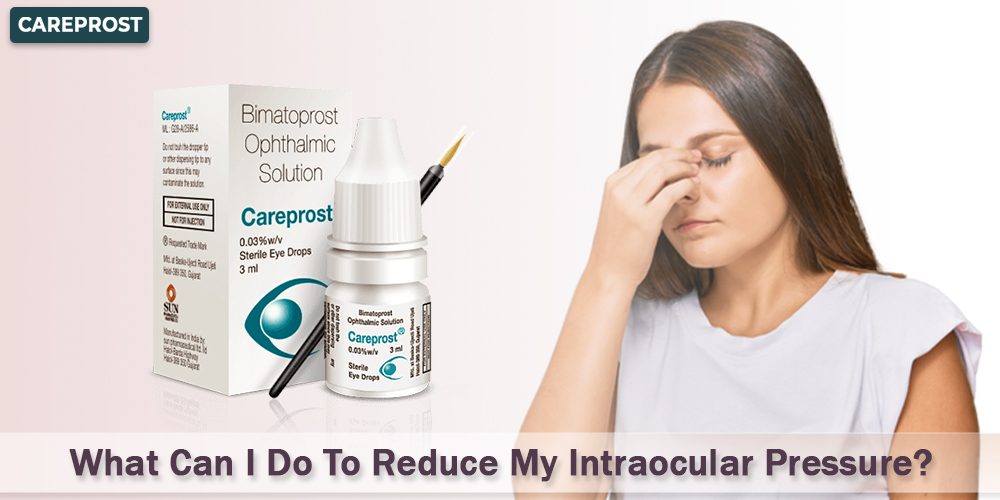What about ophthalmic hypertension, also known as high intraocular pressure?
When it becomes too high, it causes a condition called ocular hypertension. Eye pressure should be between 10 and 21 mm Hg. Intraocular pressure that is more than 21 mm Hg is deemed abnormal.
What Causes Ocular Hypertension?
Indicators of ocular hypertension include:
A little too much moisture for my taste Aqueous humour is the name for the clear, watery fluid that fills the eyes. Occasionally, the body may create too much watery fluid. The ocular pressure increases when the production of aqueous exceeds the drainage rate.
Drainage systems that aren’t working correctly collect water and take too long to drain it, for whatever reason that may be. While ocular hypertension can develop even if the body produces a normal amount of fluid, the condition can worsen if excess fluid builds up instead of draining away.
A tear in the retina: There is also an aqueous component. High intraocular pressure might be the result of damage to the eye’s aqueous reabsorption and drainage system. If you’ve ever had an eye injury or accident, it’s important to let your eye doctor know so they can look out for any long-term consequences.
A hazardous increase in ocular pressure may occur after using steroid medicines, including steroid eye drops.
Ocular hypertension is only one of several illnesses of the eye; others include corneal arcus, pigment dispersion, and pseudoexfoliation syndrome.
Where and when does the discovery occur?
Rarely do people get symptoms or complications from ocular hypertension. The eye doctor will measure your intraocular pressure (IOP) using a device called a tonometer at each annual exam. Examining your peripheral vision and checking for signs of optic nerve damage are also part of a glaucoma screening.
Can ocular pressure be lowered in any way?
Your eye doctor may recommend a particular kind of eye drops to help with the discomfort caused by excessive eye pressure. In addition, adopting a healthy lifestyle may help reduce high intraocular pressure and enhance overall eye health. Keep yourself hydrated. Avoid getting too high on caffeine.
Should I Worry About My Eye Pressure?
However, glaucoma may also occur in the absence of high intraocular pressure. However, if you are having any signs of high pressure, it is crucial to be tested to find out how likely you are to develop glaucoma.
When measuring ocular pressure, one may get an idea of how much fluid is produced in the eyes and how quickly it drains. Although the precise causes of high ocular pressure are still unknown, a number of risk factors have been identified.
Causes and Risk Factors for High Blood Pressure, Glaucoma, and Other Hypertensions and Eye Diseases:
Aqueous humour (aqueous humour) continuously flows out of the front of the eye, replacing the fluid that is lost during blinking. Due to a buildup of fluid caused by a blockage, pressure inside the eye increases. Nerve damage from elevated pressure is what causes glaucoma.
A pachymetry test may evaluate corneal thickness to determine whether a patient has glaucoma, or if the illness has progressed in the patient’s eyes. Ocular pressure readings may seem greater than they really are due to the thicker cornea, but this has no effect on the actual fluid pressure inside the eye.
Medical Care at a Clinic:
You can use careprost with brush. Also buy careprost online. Unfortunately, vision loss and glaucoma cannot be reversed, although treatments might help with symptoms like headaches and eye pain if caught early.
Early glaucoma and other cases of elevated eye pressure may be treated with a range of prescription eye drops. Opioids are used to either reduce tear production or increase tear flow. ophthalmic drops
If the eye drops don’t help relieve the pressure or discomfort, then oral medications like careprost online may be used. The Mayo Clinic warns that this medication may cause “frequent urination, tingling in the fingers and toes, depression, stomach difficulties, and kidney stones.”
Surgical and laser treatments are the final remedies for increasing aqueous humour drainage from the eye.
Methods to Improve Your Health and the Alternative Therapies You Can Try
Making a few easy adjustments to your routine may reduce eye fatigue and enhance your eyes’ health.
Intense aerobic activity improves blood flow to the retina and optic nerves. As high blood pressure may lead to eye sickness and other visual disorders, cardio should be a regular component of your regimen.
Foods high in omega-3 fatty acids and vitamins C, E, and A may be beneficial to eye health. You may use a brush to apply careprost.
The Mayo Clinic suggests lowering your eye pressure by sleeping on an elevation of 20 degrees, achieved using a cushion or stack of pillows.

